We all know cats are easily stressed by changes in their environment, making moving an especially difficult time. Here are a few tips to help make moving less stressful for your cat.
#1 – Think about Boarding
If you are doing repairs before you move or have a large house to pack with many movers coming in and out, you may want to consider boarding your cat. If your cat has stayed somewhere before (a friend’s or a facility) your cat may be less stressed there. (This would not be a good time to try somewhere new!)
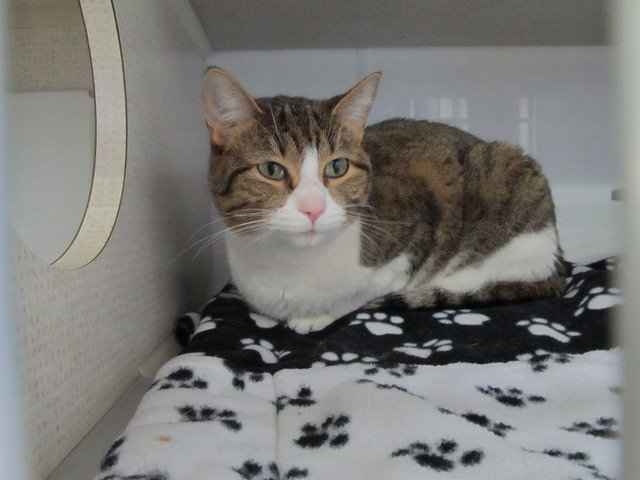
#2 – Streamline
The less fuss you can make while moving, the better. Organize the packing so it doesn’t stretch on for days and try to move in as short of a time span as possible.
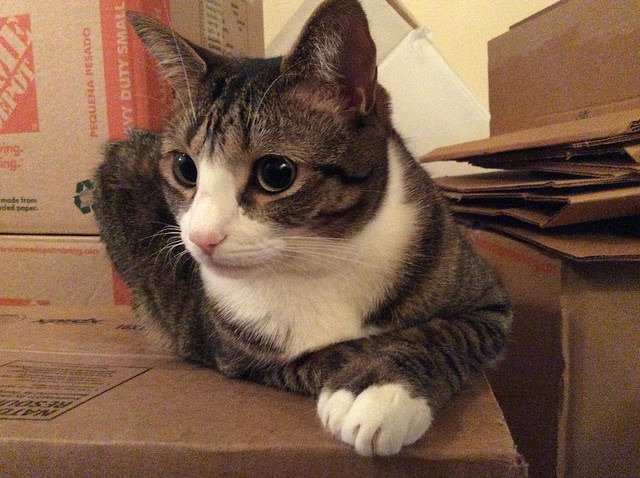
#3 – Save Kitty Things for Last
Keep out a number of your cat’s items until the last possible moment, so your cat still feels at “home.” His cat tree is a great thing to keep around, so he can get up out of the way and “hide” if he feels like it.

Click page 2 below for the next tips!
#4 – Leave Carrier Out
Let your cat get used to his cat carrier if he has never been in one by leaving it out with the door open. You can even put his food in there so he associates it with good things.
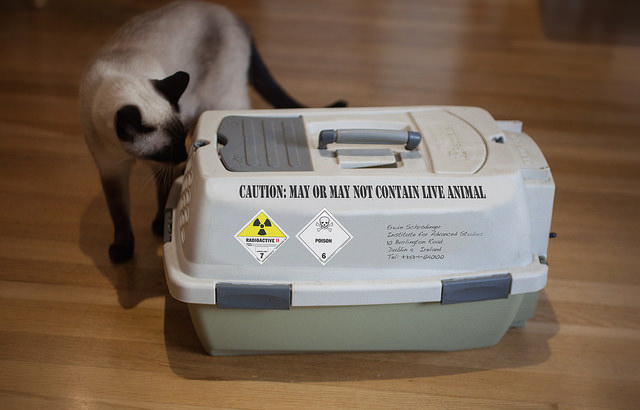
#5 – Pheromones
Kelly Meister-Yetter, author of Crazy Critter Lady and No Better Medicine, recommends putting a plug-in pheromone product in your home, to help keep kitty calm during the moving process.
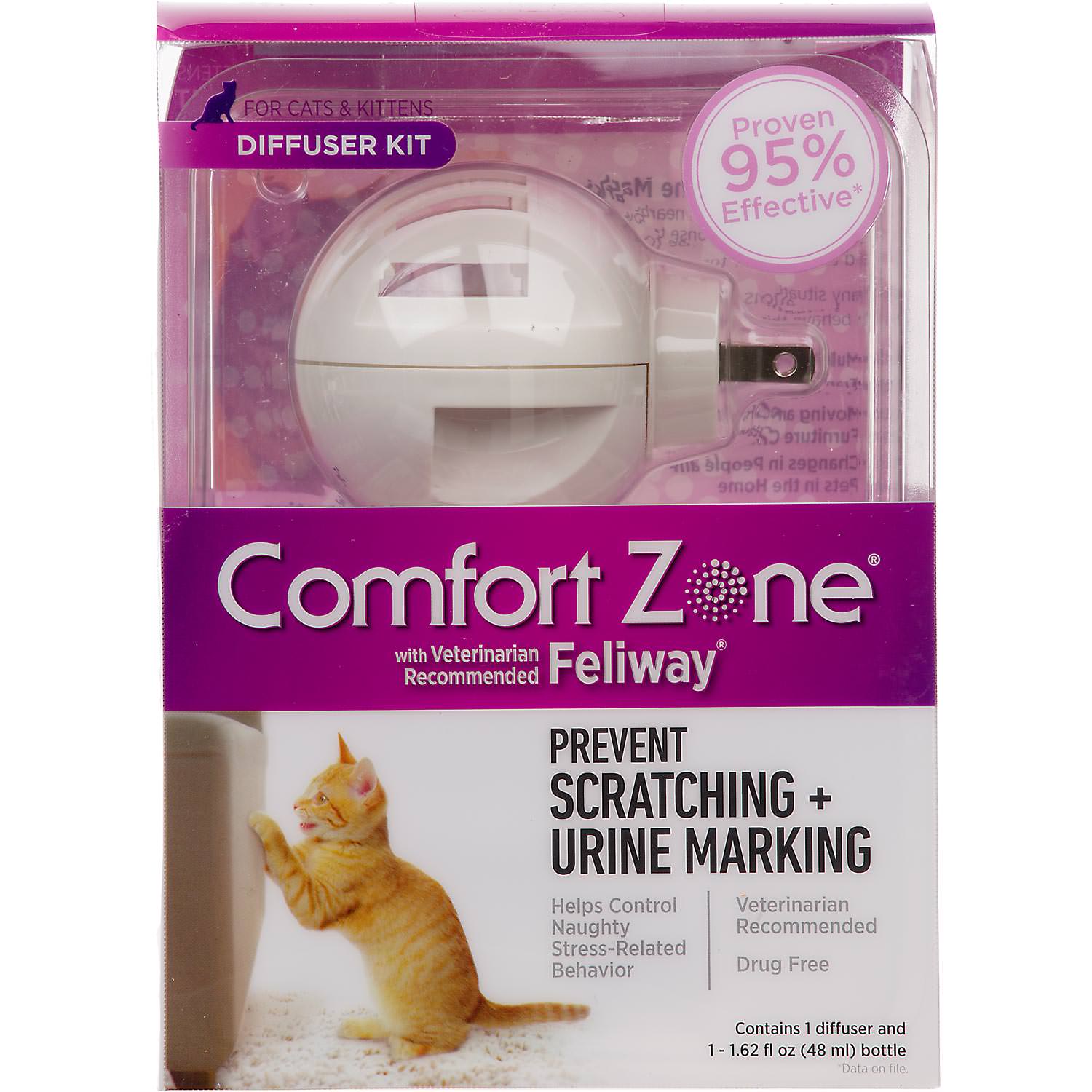
#6 – Keep Kitty in Quiet Room
Pick a room (the bathroom is a good choice) that you can completely clear out and put kitty along with her items – water, food, litterbox, toys and the plug-in pheromone – while you move everything out of the house says Meister-Yetter.
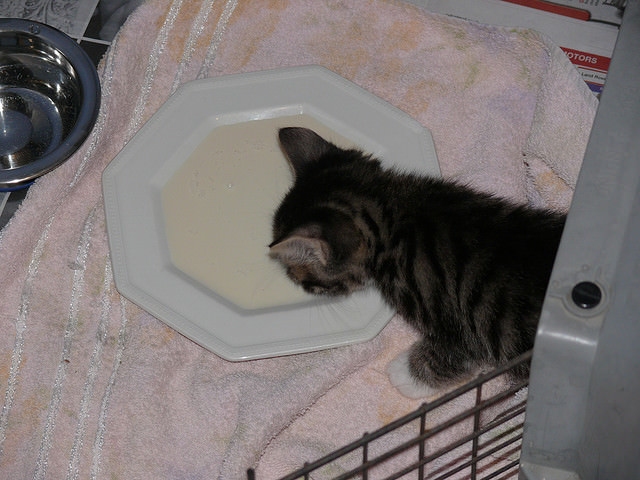
#7 – Keep Door Locked
Since movers may not know or may forget you have a kitty in the room, make sure to lock the door and/or put a sign up so your cat does not escape.

#8 – Move Kitty Last
Move everything out of your house to the new place, if possible, before bringing kitty. If you are doing a long move, put kitty in the car last when you are ready to leave.
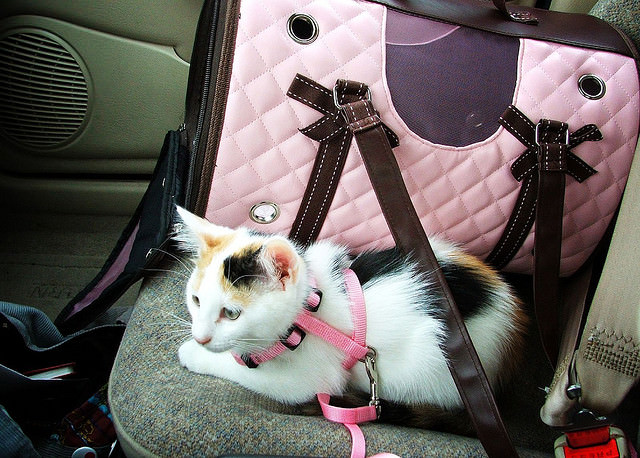
#9 – Vet Help
If you are going on a really long car ride, or your cat is unusually stressed out, Meister-Yetter suggests talking to your vet about getting a prescription for something that can help calm him down (basically a “kitty Valium”).
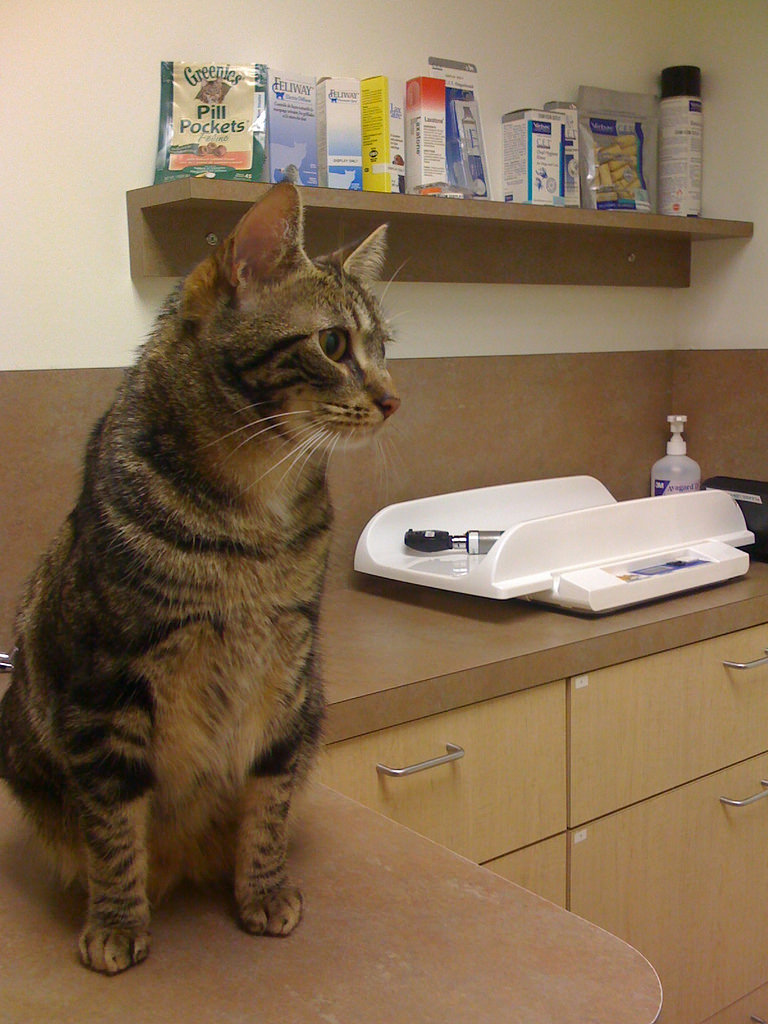
#10 – Quiet Room Again
Once at the new place, set-up kitty first in another quiet room with all her items, then start moving everything else in.
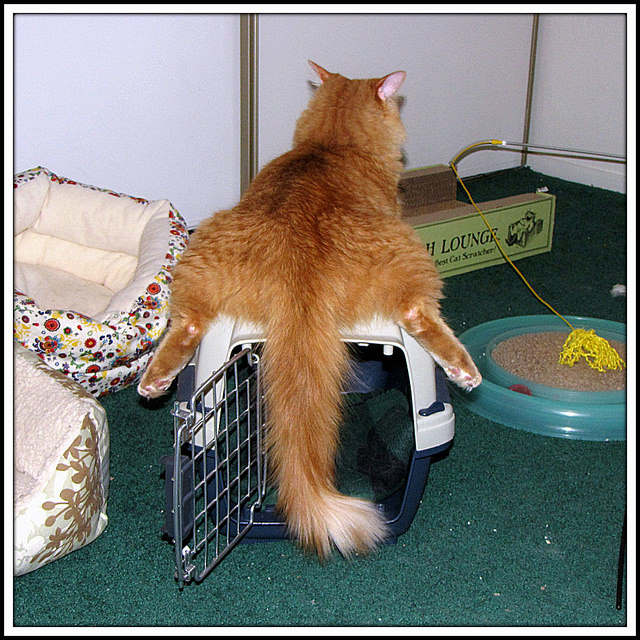
#11 – More Pheromones
Meister-Yetter suggests plugging in those pheromones throughout the new house, to help keep kitty more at ease when he is finally let loose.
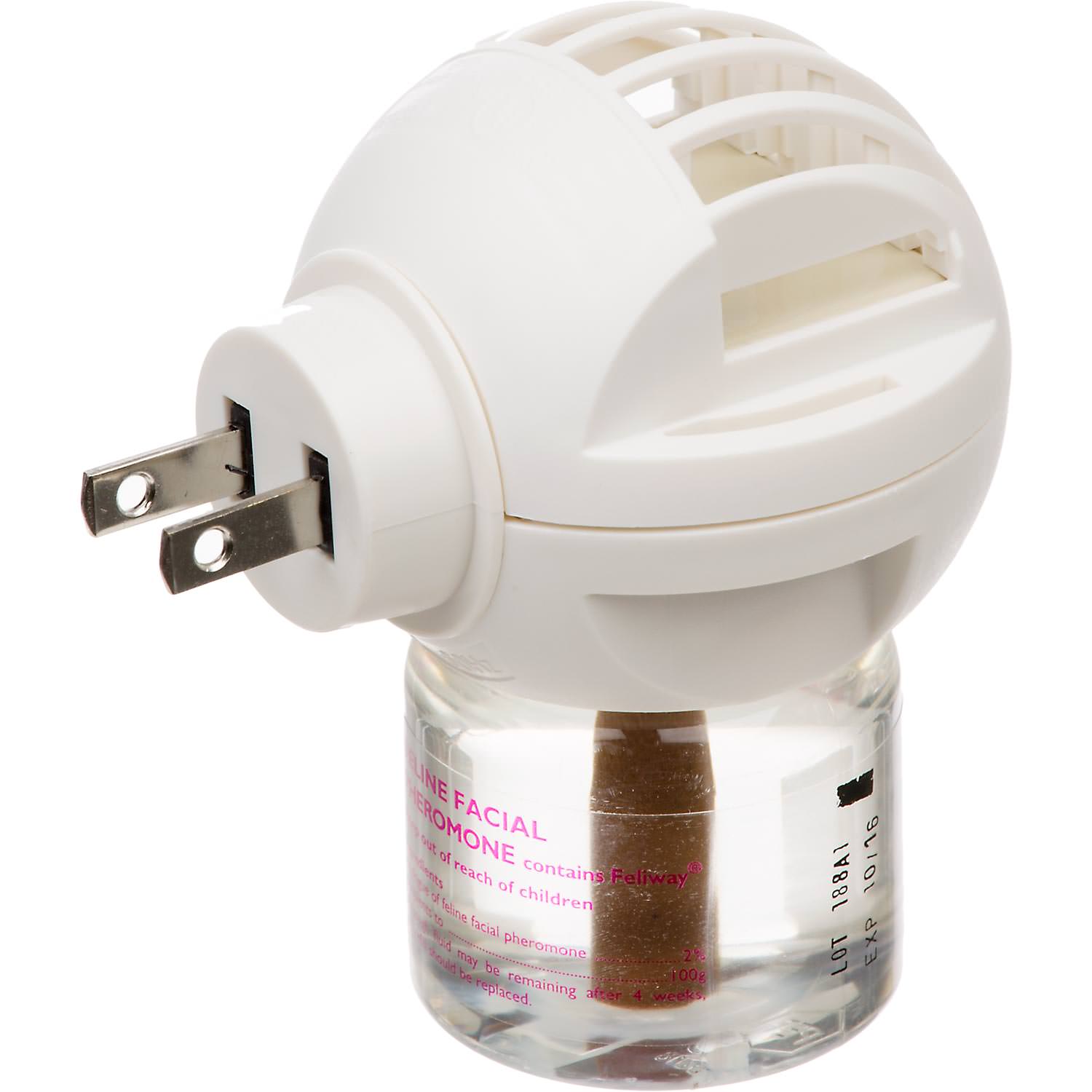
#12 – Unpack
Unpack before you let your kitty in the rest of the house. The more familiar the sights and smells are the easier it will be on your cat.

#13 – Don’t Forget Kitty’s Things!
Once your furniture is arranged, Meister-Yetter reminds us to make sure you put out some of kitty’s belongs in the other areas of the house, so it smells and looks familiar to her when she is let out. Things like toys, blankets, beds, and cat trees are good things to have “laying around.”
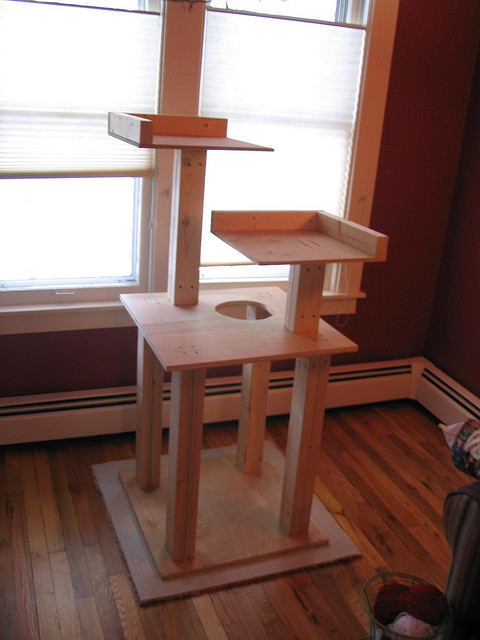
#14 – If He Hides
If your kitty is hiding, let him hide Meister-Yetter says. Close off the room, make sure he has plenty of food, water and access to his litterbox. Let him be until decides to come out and interact.
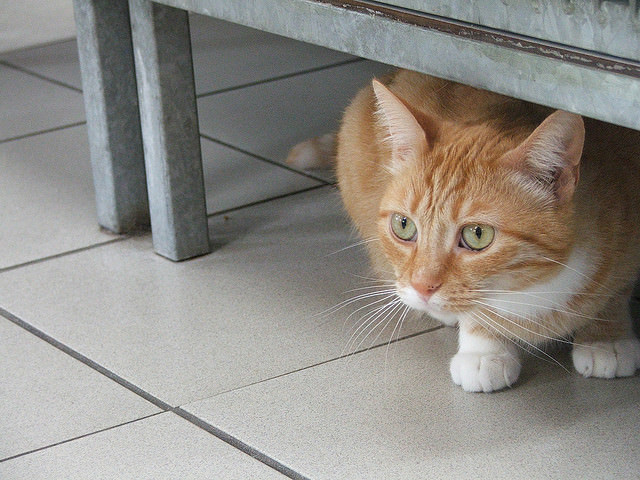
#15 – If He Won’t Eat
If your kitty has stopped eating due to the stress of the move, try tempting him with a special treat. Meister-Yetter recommends giving him something yummy like tuna. She warns that if it’s been a couple days and your cat hasn’t eaten anything, be sure to take him to his vet.

